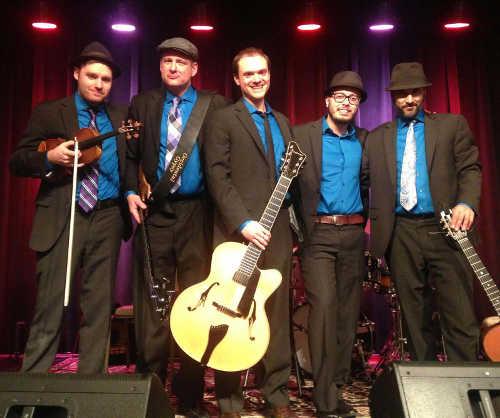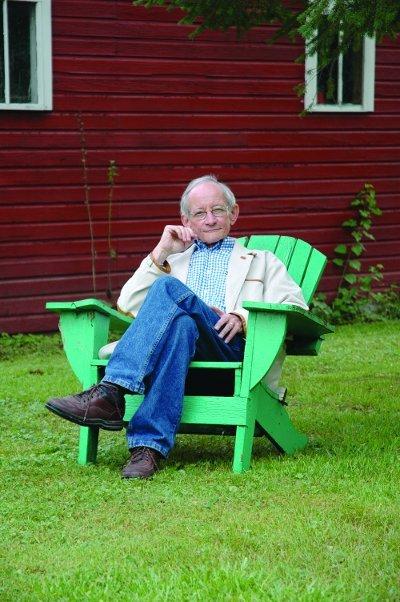History, more often than not, is far more interesting than fiction.
Exposure to historical incidents in the form of a fact-based movie or expansive TV event can whet one’s appetite for a more comprehensive understanding of famous occasions that are common knowledge.
Hopefully, the significance of the Battle of the Alamo is a familiar story to most. “Remember the Alamo” became a rallying cry for the Texas Revolution. Later, it became a popular song immortalized by artists like Tex Ritter and Johnny Cash, among others.
The brutal siege of the Alamo by Mexican General Santa Anna became a pivotal event, stirring the flames of the Texas Revolution that lead to the eventual defeat of the Mexican Army at the Battle of San Jacinto.
The History Channel’s ambitious 10-hour miniseries “Texas Rising” tells the story of the hardy Texian Army and the rise of the legendary Texas Rangers, along with Texas settlers and adventurers from the United States, who came together, fueled by the desire for revenge, to fight valiantly against Santa Anna and his forces.
Unfolding in five episodes, “Texas Rising” starts with the vicious attack on the Alamo, where every last defender was killed, and even the captives were executed under the orders of General Santa Anna (Oliver Martine), who claimed the rules of war did not apply, so there would be no prisoners taken.
Once victorious at the Alamo on March 6, 1836, Santa Anna, bolstered by a Mexican Army superior in numbers and weapons, plans to quash the Texian bid for independence by destroying the Texan Army under the command of General Sam Houston (Bill Paxton).
Badly outnumbered by Santa Anna’s military, General Houston is either unwilling or unable to render help at the Alamo, most likely knowing it would be suicidal. But inaction causes rumblings among the troops, with many seeking to petition his removal as commander.
In any case, with “Texas Rising” getting its start in the aftermath of the Alamo battle, and even though the series has plenty of colorful characters, we miss out on the opportunity to have the spotlight on such legendary heroes as Davy Crockett and James Bowie, both of whom were among the early casualties of war.
Fittingly, Texas native Bill Paxton creates a larger-than-life Sam Houston, who eventually becomes the hero of the revolution in the victorious Battle of San Jacinto that results in the founding of the Republic of Texas.
Another historical figure on the scene is Emily West (Cynthia Addai-Robinson), a free black woman, who is rescued from the Alamo, and here at least, is given a past relationship with Sam Houston in New Orleans.
Emily West may be better known in legend as well as popular lyrics as “The Yellow Rose of Texas.” Her place in history is cemented when she’s ensconced in the Mexican camp, using all her powers of seduction to gain vital intelligence in the fight against Santa Anna.
In the early goings, mutiny is almost at hand against the perceived lackluster leadership of General Houston.
Texians under Colonel Fannin (Rob Morrow) end up surrounded by the Mexican Army and forced to surrender. But when Santa Anna orders their execution, this barbarous act enrages the Texians, uniting them to fight harder.
Though he may have been a brilliant general, Santa Anna comes across as not only a vile human being, but a battlefield dilettante, holding court with Emily West at a candlelight dinner in his well-appointed tent and savoring a fine meal and expensive wine.
Helpfully, the series provides subtitles to announce dates and the location of various events, offering context to the unfolding history.
On the other hand, a large cast of characters are tossed into a patchwork of scenes, resulting in some ongoing confusion.
One of the most interesting persons is Jeffrey Dean Morgan’s Deaf Smith, a legendary Texas Ranger who adores his Tejana wife and returns as often as possible to his family ranch. Despite some serious health problems, Smith carries on with single-minded devotion.
Ray Liotta’s crazed Lorca, a survivor of Santa Anna’s cruelty, lurks in the shadows, exacting his own measure of vengeance on the Mexican Army.
Meanwhile, Brendan Fraser’s Billy Anderson has American Indian heritage that proves helpful when the Comanches suddenly appear.
“Texas Rising” has an epic scope which is undermined, to some extent, by action that is too often more plodding than truly exciting.
Kris Kristofferson is thrown briefly into the mix, for no apparent reason, as President Andrew Jackson.
This sweeping adventure features cast members like Jeff Fahey, Thomas Jane, Christopher McDonald and Jeremy Davies filling roles not always memorable. Yet, Davies stand outs only because he’s a sniveling deserter who provides comic relief.
The History Channel provided only the first two episodes of “Texas Rising” for preview, so it is entirely possible and fervently wished that the coming decisive Battle of San Jacinto will be worth the wait.
The series also can be watched online at http://www.history.com/shows/texas-rising .
Tim Riley writes film and television reviews for Lake County News.










